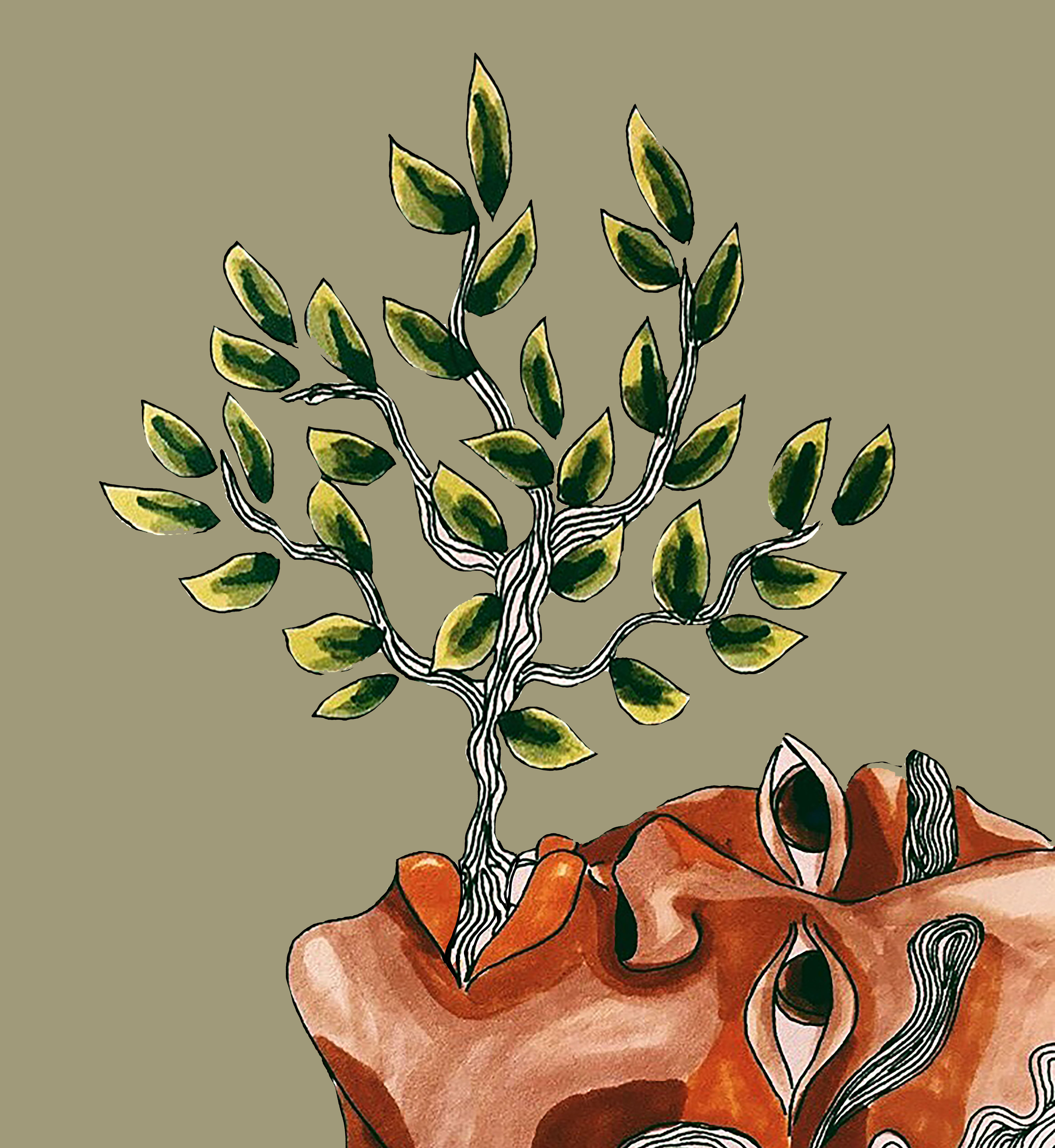Sometimes when we sit down to make “art”, we get paralyzed. We often compare ourselves to what we’ve seen and learned. We hold our creations to a standard that already exists. We might also say to ourselves things like, “I’m not artistic” or “I’m not creative,” or “I don’t know.” Already, we’re blocking our flow.
We are all inherently creative. Whether it’s making a beautiful drawing, a poem, or a colorful meal, taking a new route to work, communicating with your new non-verbal infant, or seeing your hometown in a new way, you are exercising your intrinsic creativity.
Our egos often get in the way of recognizing just how creative we are. We need to step out of our own ways here. To cultivate creative flow, here are 5 useful practices:
Steer away from comparison, comparison kills creativity flow: there’s a lot of art in the world, it’s hard not to define our own creativity by what already exists, or what art is “supposed” to be. We can look to things for inspiration, but trying to create like someone else is only limiting flow. It’s brilliant to draw inspiration from others, and it can be hard to draw the boundary between admiration and comparison; when you notice yourself comparing you to someone else, steer clear and refocus on the process of your own creation. Focus on the pen to paper, the colors of your palette; make decisions from your gut rather than your mind or rationale. Trust the process.
As living human beings, we all have an intuition, the natural/wild ability to sense without the intellect; so we all have the seeds of creative flow within: we’re all artists in our own rights. Many of us may be artists of things undiscovered or unrevealed, things we don’t see enough of around us; we owe it to “art” and to our world to offer our own visions, voices and creativity. We don’t necessarily need more imitators. It takes looking inward and sitting with ourselves in patient practice, opening ourselves, for creative flow to reveal itself to us. Coax out your creativity and flow with your acceptance of whatever may come.
Notice and release judgments and criticism: judgment tends to depreciate creativity and cut off flow. Sometimes, my critic incapacitates me mid-process; it says things like “you’re wasting time,” “you’re wasting paper,” “this is ugly,” and “what the f*ck is this?” Self-criticism and judgment can also be hard to avoid, as there are a lot of societal judgments in the world that we internalize, and that ultimately block our flow. These judgments like to come out when we allow ourselves to release and play. Yet, they often don’t serve us; so when it comes up, gently refocus attention on the creative process, pen on paper or color on canvas. If judgment comes up at the outcome of your art, notice it and let it be. Allow yourself to step back from it and perhaps come back to it another time.
Prepare for yourself to get into flow: as much as possible, allocate your supplies and enough time to get immersed in your process. Lay out the tools you anticipate needing, have it all within reach. Minimize distraction, intend to focus on just your creation, don’t multi-task. Have a designated time, 15 minutes or 2 hours, that you’ll devote to creativity like a meditation. Creative flow is like a river that requires a river channel; that channel is scheduled and uninterrupted time on your schedule to create. Frequent practice creates the space for you to express more and more freely.
Consider this time for PLAY: no need to take this so seriously, get in the mindset of play and express yourself freely without trying to meet standards or giving up on yourself. Heck, give yourself permission to do something badly! Forget technique, don’t sketch any “drafts” beforehand, just go for it, leave perfection at the door, release what you know as “art” and make some of your own.
Affirmations:
My voice is clear and strong.
I freely express myself.
I release expectations.
I accept my creative self in this moment.
My visions manifest.


